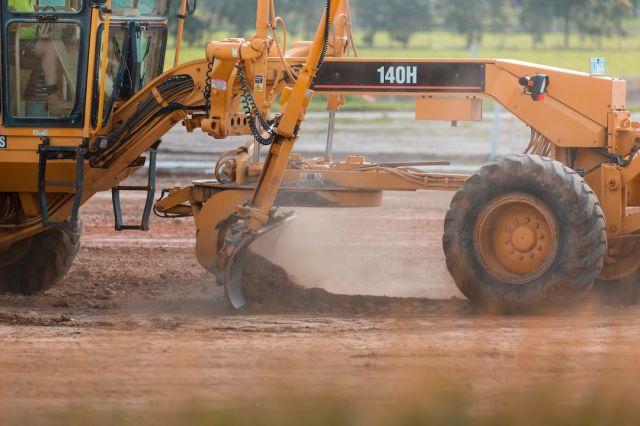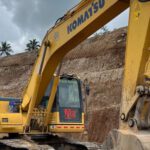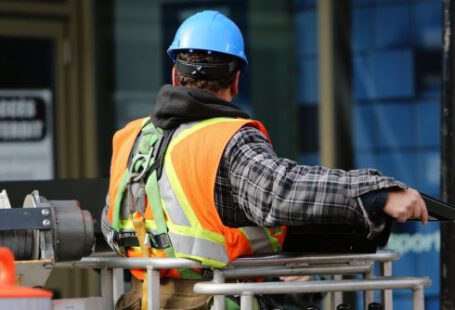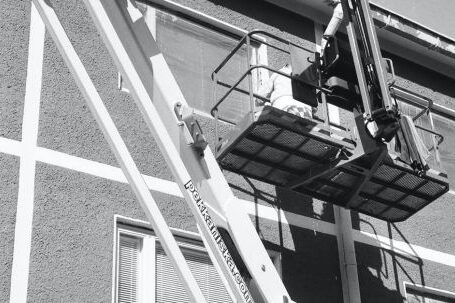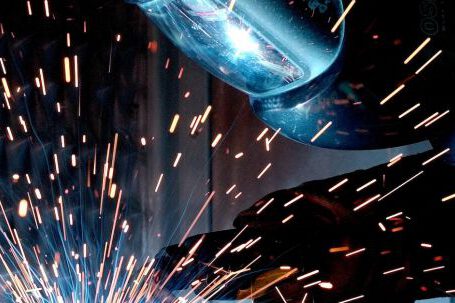The art of moving the earth using specialized machines has come a long way since its inception. Earthmoving machines are now a mainstay in construction, excavation, and landscaping. To truly understand the mechanics of earthmoving machines, it is important to take a deep dive into the subject.
What Are Earthmoving Machines?
Earthmoving machines are machines that are used for excavating, grading, and moving soil and other materials. These machines are typically used to create roads, dams, and other infrastructure projects. Examples of earthmoving machines include bulldozers, front-end loaders, motor graders, and scrapers.
The History of Earthmoving Machines
The history of earthmoving machines dates back to the 17th century when horses were used to move soil and other materials. Over the years, different machines have been developed to make the process of earthmoving easier and more efficient. The first steam-powered tractor was developed in 1892. This machine was used to move large amounts of soil and materials.
The Mechanics of Earthmoving Machines
Earthmoving machines are powered by a variety of different sources, including diesel, electric, and hydraulic systems. The power source is used to drive the tracks or wheels of the machine, which provide traction and enable it to move over the ground. The power source is also used to power the hydraulics of the machine, which are used to control the various attachments.
Earthmoving machines are typically equipped with a variety of attachments, such as buckets, blades, rippers, and other specialized tools. These attachments are used to dig, grade, and move soil and other materials. The attachments are typically operated by hydraulics, which are controlled by the operator of the machine.
How to Operate an Earthmoving Machine
Operating an earthmoving machine requires knowledge of the machine’s controls and attachments, as well as the proper techniques for operating the machine. The operator must be trained in the operation of the machine and its attachments, as well as safety procedures. The operator must also be familiar with the terrain in which the machine is working and be aware of any potential hazards.
Conclusion
Earthmoving machines have come a long way since their inception, and they are now an integral part of many construction, excavation, and landscaping projects. To truly understand the mechanics of earthmoving machines, it is important to take a deep dive into the subject and understand the various components and how they work together. Additionally, it is important for operators of earthmoving machines to be trained in the operation of the machine and its attachments, as well as safety procedures.

